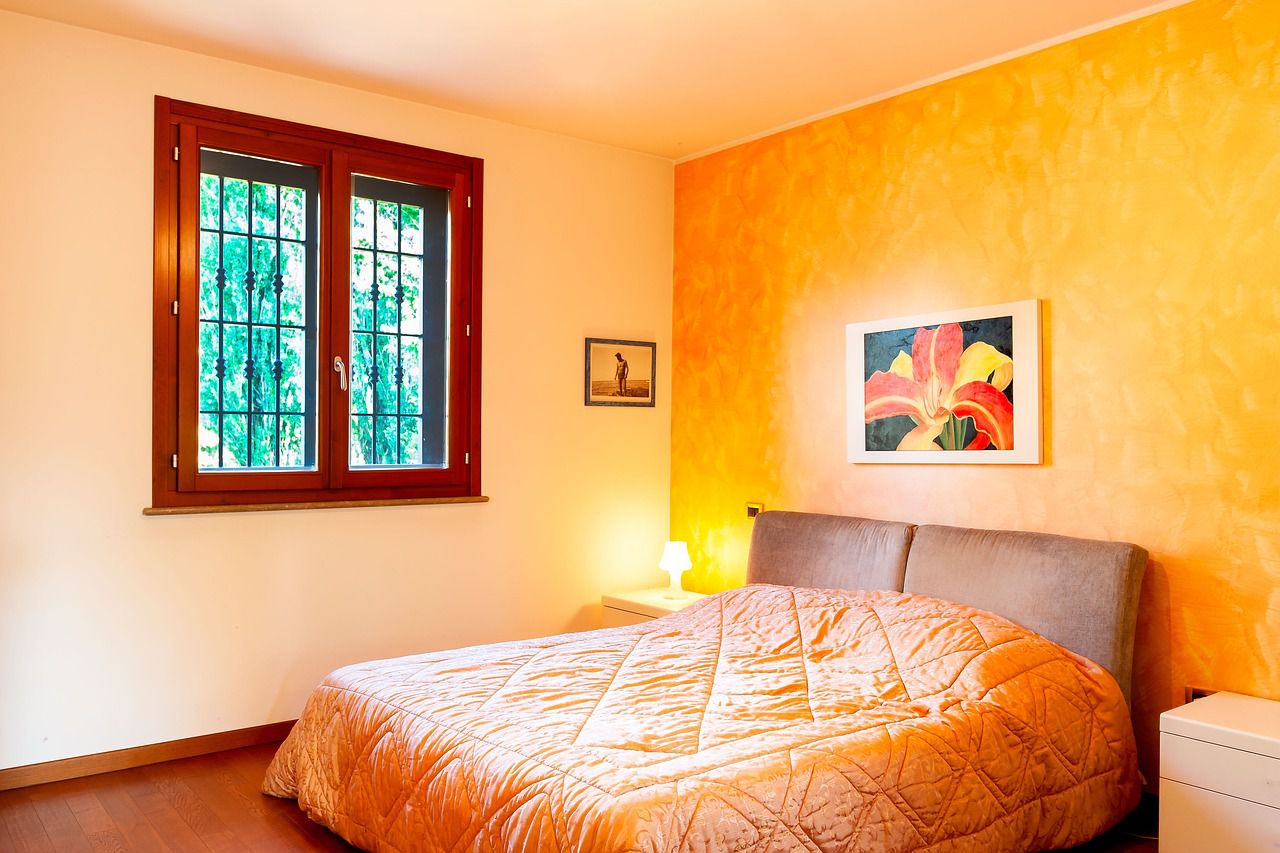Our tastes differ, and we perceive colors differently - but some of them tend to affect your negatively more often than others.
Certain interior colors can indeed have a negative impact on mood and emotions due to their psychological associations.
Here are a few examples of interior colors that can potentially affect mood negatively.
Dark Colors
Dark colors can evoke feelings of heaviness, gloom, and sadness.
They can create a sense of confinement and may make a space feel smaller and more oppressive.

These colors might not be ideal for rooms where you want an open and cheerful atmosphere.
Red
While red can be stimulating and energizing, it's also associated with strong emotions like anger and agitation.
In excess, bright red can lead to feelings of restlessness and anxiety.
It's a color that should be used sparingly, especially in spaces meant for relaxation.
Bright Yellow
While yellow is often associated with happiness and warmth, bright and intense shades of yellow can become overwhelming and create feelings of irritability or unease.
Orange
Orange can be energizing, but strong and bright oranges can be overly intense and may cause feelings of restlessness or uneasiness.
Neon or Very Bright Colors
Neon or extremely bright colors can be visually jarring and overwhelming.
They can create a sense of chaos and unease, leading to discomfort over time.
Unpleasant Hues of Green
While green is generally associated with nature and tranquility, certain shades of green, especially those that lean towards yellow or brown, can evoke feelings of nausea or uneasiness.









